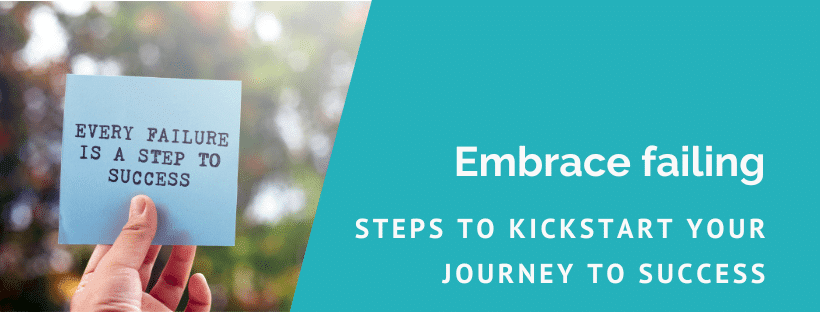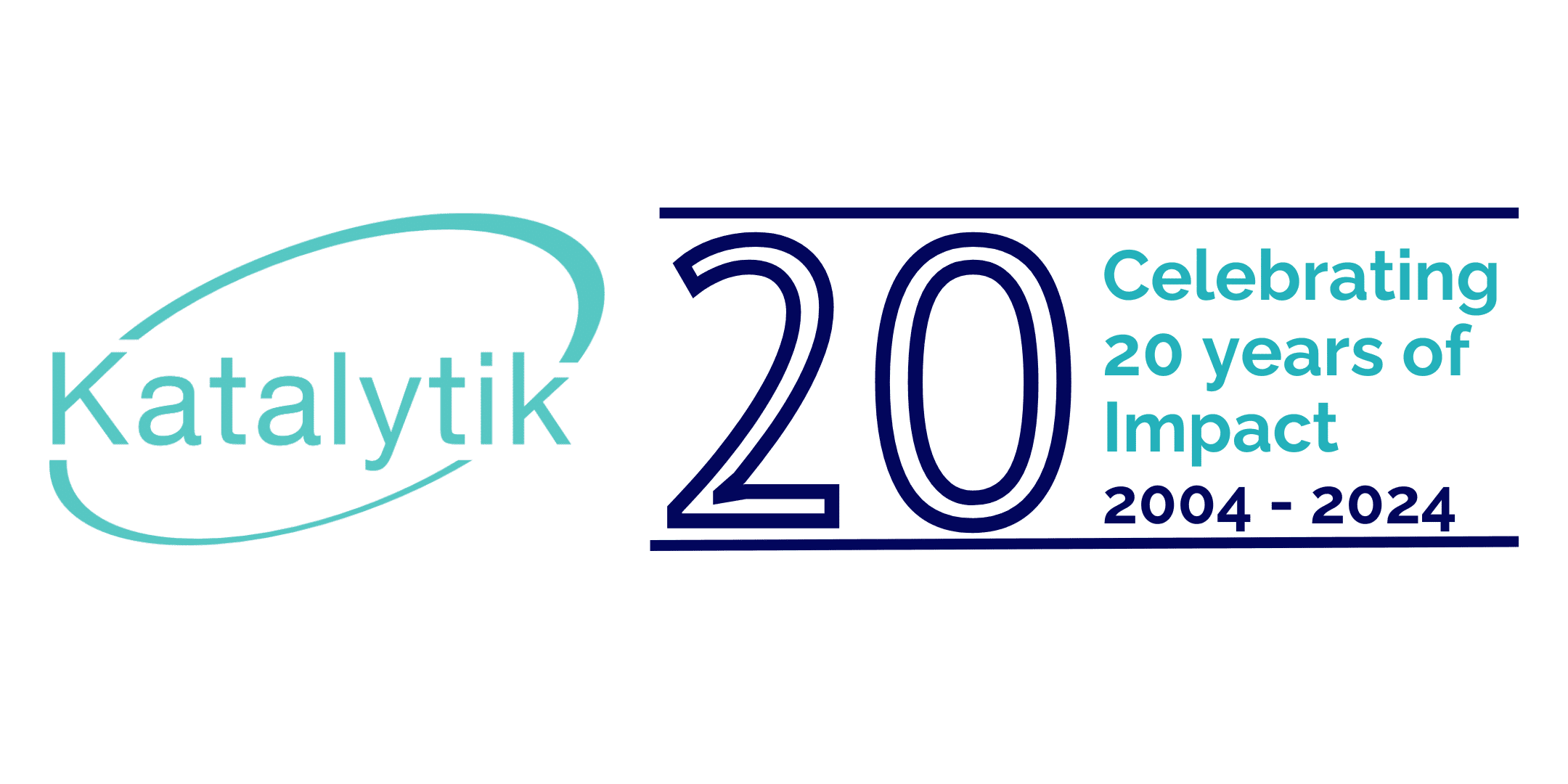
Abstract
Failure is not a testament to our limitations but an invitation to embrace our strengths. Through CliftonStrengths we can reframe failure as a catalyst for growth, harness our unique talents, and cultivate a resilient mindset. Embracing failure becomes a transformative journey that propels us toward success, with a renewed sense of purpose and self-belief. When faced with failure in academia, research academics can take several proactive steps to address and overcome these challenges. Here we outline six steps to get started.
For information on the CliftonStrengths assessment and a personal debrief, contact Helen@katalytik.co.uk
Introduction
Failure often evokes feelings of disappointment, shame, and discouragement. What if we could shift our perspective and see failure as an opportunity for growth? In this blog, we explore the transformative potential of CliftonStrengths, a powerful tool that helps individuals identify and leverage their unique talents. By embracing failure through the lens of CliftonStrengths, we can unlock our true potential and navigate setbacks with resilience, determination, and a renewed sense of purpose.
Understanding CliftonStrengths
CliftonStrengths, developed by Don Clifton and Gallup, is a methodology that identifies an individual’s top natural talents out of 34 possible themes. These talents are organized into four categories: “Strategic Thinking,” “Relationship Building,” “Influencing,” and “Executing.” The CliftonStrengths assessment – 177 questions – orders 34 CliftonStrengths in an individualistic way and provides valuable insights into your strengths. Crucially, this helps you understand your innate abilities and potential areas of excellence. One of the main reasons we love using this tool is that instead of focusing solely on weaknesses, CliftonStrengths encourages individuals to harness their strengths to maximize their personal and professional growth.
Redefining Failure
Traditional views of failure often paint it as a final outcome, a verdict on our abilities. However, CliftonStrengths offers a different perspective. Rather than seeing failure as a dead end, it encourages us to view it as a stepping stone towards success. By embracing our strengths, we can approach failure with a growth mindset. CliftonStrengths enables us to recognize that setbacks are temporary, and they provide us with valuable opportunities for learning, self-reflection, and improvement. Understanding our unique talents empowers us to leverage them in pursuit of our goals, even in the face of adversity.
I see one of the biggest problems is the push for us all to be good all-rounders. To be good at the detail. And big picture. To be good at working independently and as part of a team. To be leaders and followers. Being an all-rounder also means: seeing the future, looking at the context, seeing immediate impacts; having the capacity to explore and use data, and loving researching and searching for information, as well as the power of managing huge amounts of data. And even more, being able to get along with just about everyone. Oh, and as well as being a great, creative thinker, you also need to be someone who can get things done in a consistent and disciplined way. Simples.
Don Clifton spent 40 years researching what’s right with people, helping us shift our focus away from our weaknesses. Recently, Marcus Buckingham and Ashley Goodall, in Nine Lies About Work, debunked the point of being an all-rounder. If you invest time in trying to do everything, you’ll never be good at anything. But if you focus on your natural innate ways of being, you can be outstanding in the vital areas of your own personal spikes. The very essence of CliftonStrengths.
Leveraging CliftonStrengths in Failure
When failure strikes, our natural response may be to dwell on our weaknesses. But, by employing the principles of CliftonStrengths, we can redirect our focus to our strengths. For instance, if one of our top strengths is “Strategic Thinking,” we can analyze the situation that led to failure, learn from it, and develop a more effective plan. If our strength lies in “Relationship Building,” we can seek support from others, form collaborations, and learn from their experiences. By understanding and utilizing our unique strengths, we can find alternative paths, cultivate resilience, and bounce back from failure with newfound determination. Clearly, this is a simplistic framing for this article but helps us frame a new and personalized approach to viewing any particular failure.
Six Steps to Interrupt Your Failure
1. Face your fear and connect to your perceived failure
Coming to terms with what we each consider a failure – things which we feel shame about – is the first step to being able to process it.
2. Face your imposter syndrome
We each can be our own harshest critic. Sometimes it’s just not possible to stop comparing ourselves to others, brushing off accomplishments, or dismissing something as being ‘easy’. Being able to notice these small incidental feelings as they occur and brushing them aside helps maintain confidence, and provides great stories for sharing with students or mentees.
3. Knowing your approach to risk
Experience of past failures is not a predictor of future success. It’s easy to be frozen with fear – driven by memories of awkward past moments. If we allow ourselves to be frozen it can hold us back. So knowing what drives you and where you get your satisfaction, can hep you focus on your own personalized response to pushbacks and setbacks.
4. Developing a Growth Mindset
A growth mindset views failure as an opportunity for learning and growth rather than a final outcome. CliftonStrengths not only helps us identify our strengths but also nurtures a growth mindset. When we embrace failure as an opportunity for growth, we foster resilience and perseverance. By recognizing that our strengths can be refined and expanded upon, we open ourselves up to continuous improvement. CliftonStrengths empowers us to take risks, step out of our comfort zones, and learn from our failures, ultimately leading to personal and professional growth. With each setback, we gain valuable lessons and insights, shaping us into stronger, more resilient individuals.
5. Self-reflection and Analysis
Begin by reflecting on the reasons behind a specific failure. Identify the areas or factors that contributed to the setback, such as time management issues, inadequate preparation, or ineffective study techniques. Honest self-reflection allows for a deeper understanding of the underlying causes and paves the way for improvement.
6. Seek Guidance and Support
Reach out to colleagues, peers, mentors, or professional services colleagues who can provide valuable guidance and support. They can help analyze the reasons for failure, suggest alternative strategies, and provide resources or workshops to enhance academic skills. Use their expertise to create an action plan for improvement, alone or in study groups.
Understand that setbacks are part of the academic journey, and they offer valuable lessons that can lead to personal and professional development. Cultivate resilience, perseverance, and a positive attitude toward challenges.
Summary
Persistence and perseverance help you maintain or regain motivation and stay focused on long-term goals. Short-term setbacks need to be dealt with so they don’t define your academic journey. As long as you are able to fail and never consider yourself a failure, your future will remain bright.
